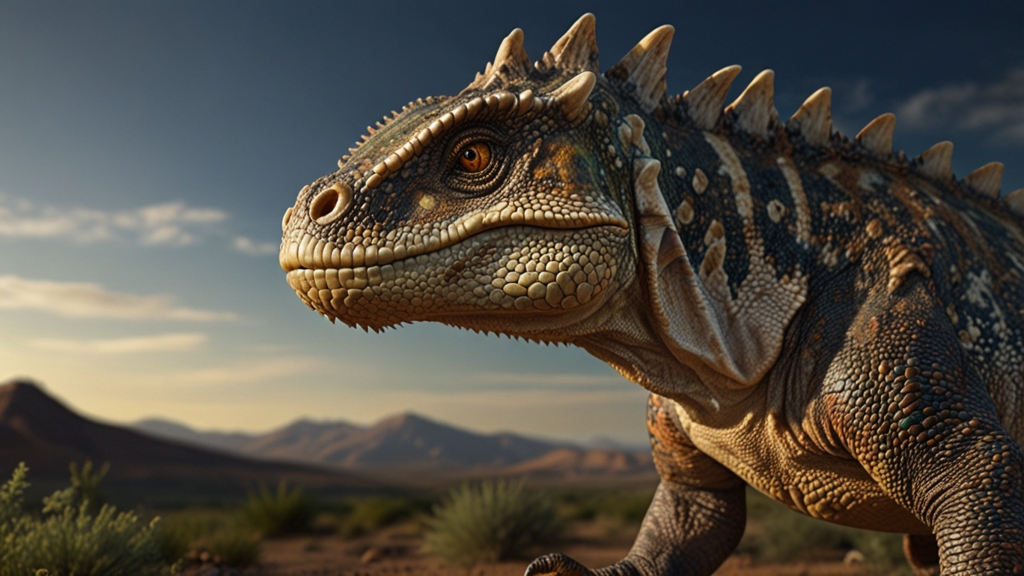Vanishing Acts: The Alarming Truth About Endangered Species
In the natural theater of Earth's ecosystems, many species are playing their final acts, teetering on the brink of extinction. The phenomenon of endangered species is not just an environmental issue; it is a pressing ethical, economic, and scientific concern that affects us all. From the majestic elephants of Africa to the tiny bees crucial for pollination, these creatures form the intricate web of life that sustains our planet. This article delves into the alarming truth about endangered species, exploring the causes, consequences, and potential solutions.
The Causes: Why Are Species Disappearing?
The acceleration of species endangerment can be attributed to several key factors, most of which are anthropogenic. Habitat destruction tops the list, driven by rampant deforestation, urban expansion, and agricultural activities. The Amazon Rainforest, often dubbed 'the lungs of the Earth,' is a prime example where vast tracts of land are cleared every day, leaving countless species without a home.
Climate change also plays a seminal role. Rising global temperatures and unpredictable weather patterns disrupt natural habitats, forcing species to adapt, migrate, or perish. Polar bears, for instance, are losing their icy habitats as Arctic ice melts at an unprecedented rate. Meanwhile, coral reefs, vital ecosystems that harbor a plethora of marine life, are bleaching and dying due to increased ocean temperatures.
"We rely on biodiversity like a web of life. When a species vanishes, it's like a thread being pulled from that web, weakening the structure that supports all life, including human life." - David Attenborough
The Consequences: A Ripple Effect
The extinction of species sets off a domino effect that disrupts ecosystems, economies, and even human health. When predators disappear, prey species can proliferate uncontrolled, leading to overgrazing and habitat degradation. For example, the decline of wolves in certain areas has led to an overabundance of deer, which has, in turn, devastated plant life and altered entire landscapes.
Economic impacts are also significant. Many communities rely on biodiversity for their livelihoods, from fishing to tourism. Coral reef destruction alone could result in the loss of billions of dollars in revenue from tourism and fisheries, affecting millions of people globally.
"The cost of inaction is far greater than the cost of taking action. We must invest in conservation efforts now to mitigate the long-term economic losses and sustain our way of life." - Jane Goodall
What Can Be Done?
While the situation may seem dire, there are actionable steps that governments, organizations, and individuals can take to halt and even reverse the trend of species endangerment. Protected areas such as national parks and wildlife reserves have proven effective in preserving habitats and species. Legal frameworks like the Convention on Biological Diversity and the Endangered Species Act serve as crucial tools for conservation.
Community involvement is another cornerstone of effective conservation. Local communities often possess invaluable indigenous knowledge about their environments and species, enabling them to participate actively in preservation efforts. Education and awareness campaigns also play a pivotal role in galvanizing public support for conservation measures.
On an individual level, lifestyle choices can make a difference. Supporting sustainable products, reducing carbon footprints, and spreading awareness can collectively contribute to conservation efforts. Every small action counts when multiplied by the efforts of millions.
"Conservation starts in our backyard. Every time we make a conscious choice to protect our environment, we contribute to the global effort to save endangered species." - Sylvia Earle
Conclusion
Endangered species are a poignant reminder of the delicate balance that sustains life on Earth. As stewards of this planet, it is our responsibility to protect these creatures and the intricate environments they inhabit. By understanding the causes and consequences of species endangerment and taking meaningful action, we can work towards a future where both humanity and wildlife thrive in harmony. The vanishing acts of today need not be the final curtains; with concerted effort, we can rewrite this narrative and ensure a thriving planet for generations to come.










